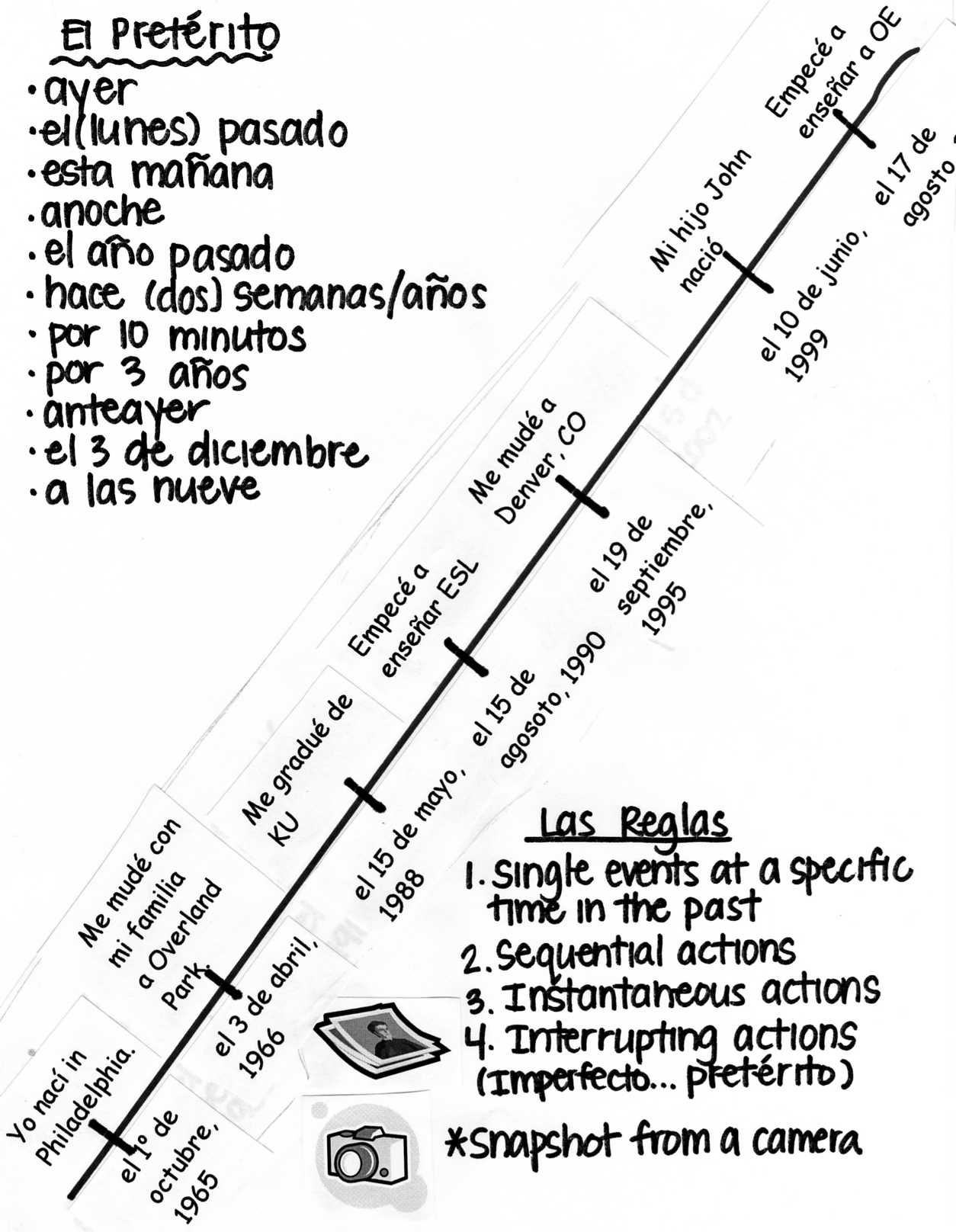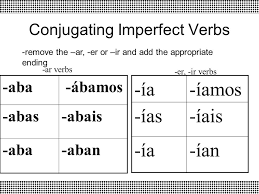Click to see all conjugation charts of querer in every tense
In this Spanish conjugation lesson we will learn how to conjugate the verb querer in the Imperfecto tense of the Indicativo mood. It means we will see step by step how to create and translate forms of each grammatical person.
This lesson is specifically about the querer verb conjugation. For an overview of all the Simple Tenses conjugation have a look at the Simple Tenses Conjugation Chart.
You may also see the Video Presentation on how to conjugate verbs in Imperfecto. It’s embedded below, but using the above link you can find additional information on conjugation in this tense as well as explanation of exceptions and special cases.
How to translate Imperfecto to English
Notice that the phrases in English provided below next to each conjugation are not direct translations from Spanish to English. They are usually the closest general equivalents. The example differences are:- In Spanish conjugation, there is the form usted in the third person singular. But this person does not translate to the English third person singular. It translates to the so called formal you and uses the inflected form which is most often represented as he/she/it in English conjugation charts.
- Similar situation happens in the third person plural, where ustedes translates to the English plural formal you but uses the form which corresponds to the they form in English.
- Tenses are used differently in Spanish and English, so the actual translation should always take into account the context and focus on translating the meaning, not just words.
- In both languages each verb may have multiple meanings and not every meaning translates directly to the other language. Here also, the context and focusing on the particular meaning helps to create the most accurate translation.
Note the timeline
The ability to properly locate the desired position on the timeline is an important skill for proper choice of tenses. So note the timeline in our lessons and visualize it while listening, speaking, reading or writing. After a bit practice you will be able to select the right tense to use much easier.
Step by step instructions
Imperfecto belongs to the simple tenses group, which means that all of the inflected forms are one word long. There are also compound (compuesto) tenses in Spanish language, where each conjugated verb form consists of two words.The verb querer has a completely regular conjugation in the Imperfecto tense of the Indicativo mood. It means that this verb simply follows the general rules for its conjugation group (-er) without any exceptions. This tense is really easy, because there are only three exceptions! The basis for this conjugation is the stem of the verb, so we need to begin by splitting the infinitive into a stem and an ending. It’s very easy to do. Simply remove two letters from the end of the infinitive to get the ending — one of -ar, -er or -ir. What’s left is the stem. So in case of our verb:- the stem is: quer-
- and the ending is: -er
Also note that in verb groups -er and -ir all the endings in both Pretéterito Imperfecto and Condicional tenses are the same. Good tip to remember. The only difference is that the Condicional uses the entire infinitive as the stem.Each grammatical person has a specific ending in each of the three conjugation groups -ar, -er, -ir. Add the regular ending -ía for the first person singular to create quería:
- yo quería – I wanted
- tú querías – you wanted
- él quería – he wanted
- ella quería – she wanted
- usted quería – (formal) you wanted
- nosotros queríamos – we wanted
- nosotras queríamos – (feminine) we wanted
- vosotros queríais – (plural) you wanted
- vosotras queríais – (feminine, plural) you wanted
- ellos querían – they wanted
- ellas querían – (feminine) they wanted
- ustedes querían – (formal, plural) you wanted
Hurray! The conjugation is now complete. The final result looks as follows:
| yo | quería | I wanted |
| tú | querías | you wanted |
| él/ella/usted | quería | he/she/it wanted |
| nosotros/nosotras | queríamos | we wanted |
| vosotros/vosotras | queríais | you wanted |
| ellos/ellas/ustedes | querían | they wanted |
But do not end your session yet – it’s important to repeat and practice the material in order to remember it. Check below for example sentences and next steps.
Example sentences
Nunca me he parado a pensar sobre lo que quería y lo que necesitaba.
I never stopped to think about what I wanted and what I needed.
En la preparatoria quería ser actor pero no pude lograrlo.
In high school I wanted to be an actor but I could not do it.
Quería ser un héroe, pero ahora puedo ver que fui estúpido y egoísta.
I wanted to be a hero, but now I can see that I was stupid and selfish.
Amelia está un poco preocupada porque no obtenía los resultados que quería.
Amelia is a little worried because she didn't get the results she wanted.
Next Steps to Perfection
|
Report a mistake | Give feedback
Thank you very much for making the effort to contact us!
We strive to provide the highest quality content and we greatly appreciate even the smallest suggestions:
We strive to provide the highest quality content and we greatly appreciate even the smallest suggestions:



